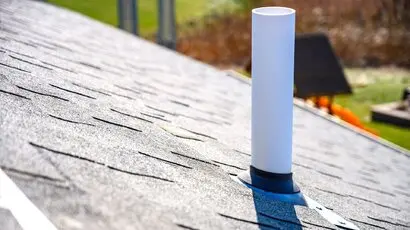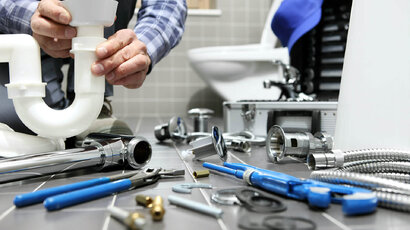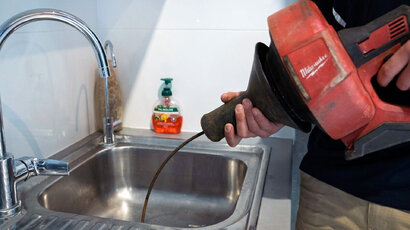How To Improve Your Home’s Plumbing
Identify and prevent common plumbing issues in your house, and learn how to keep your pipes in the best condition. Enhance the plumbing in your home today!
Looking to spruce up your home’s plumbing while keeping costs down? Regular maintenance is key. In this blog, we’ll dive into ways to enhance your plumbing fixtures, explore new tech for greater efficiency, and help keep your property value intact.
By staying proactive with maintenance, you can address issues before they escalate, avoiding yard swampy areas or nearby groundwater problems that could eventually fill and impact your home. Investing in quality fixtures and materials enhances functionality and durability. We’ll guide you through the best options.
We’ll also explore cutting-edge plumbing technologies focusing on water efficiency, reducing waste, and adding convenience. From smart monitoring to nifty drainage solutions, these innovations can truly change the way you handle plumbing upgrades in your home.
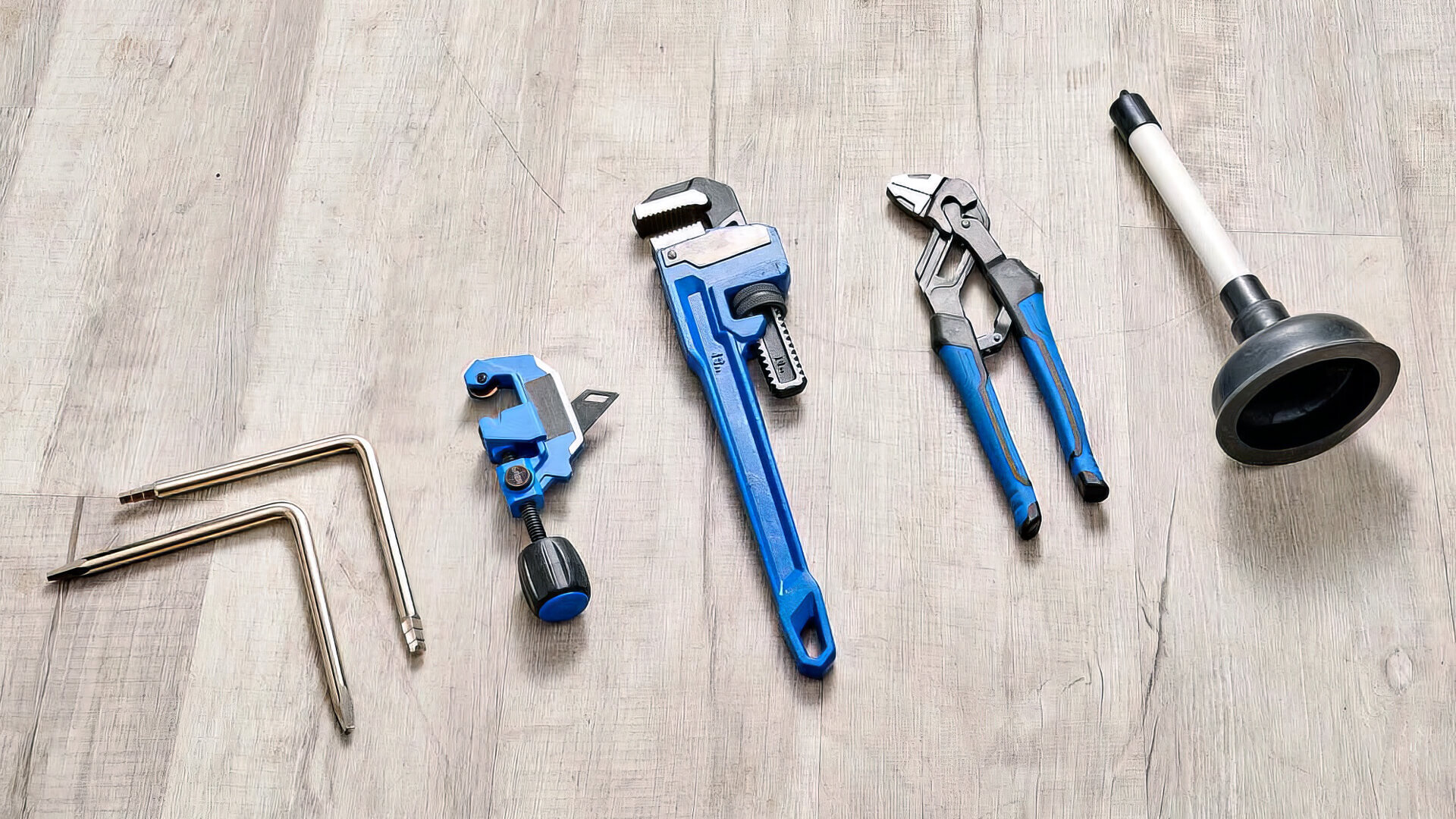
By the time you finish reading, you’ll have the knowledge and confidence to take on any plumbing project with confidence and success. So let’s get started!
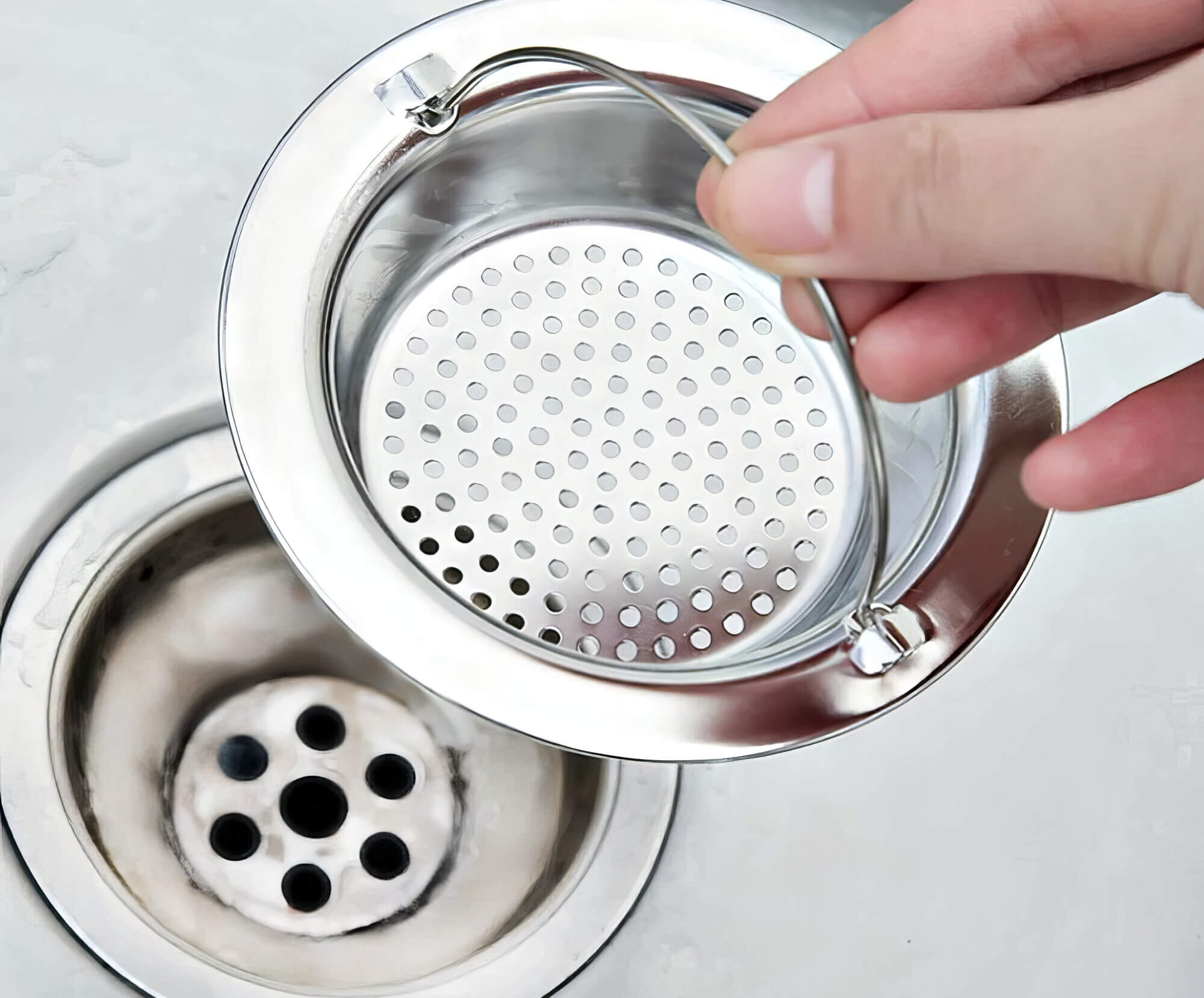
A drain strainer, or a drain filter, is a tool to catch hair or food particles, preventing them from going down the drain. Using a drain strainer can help keep your drainage systems clean and prevent any backups and clogs caused by the accumulation of non-liquid items.
However, drain filters come in various sizes. So, measuring the drain opening diameter before purchasing one is necessary to avoid ill-fitted strainers.
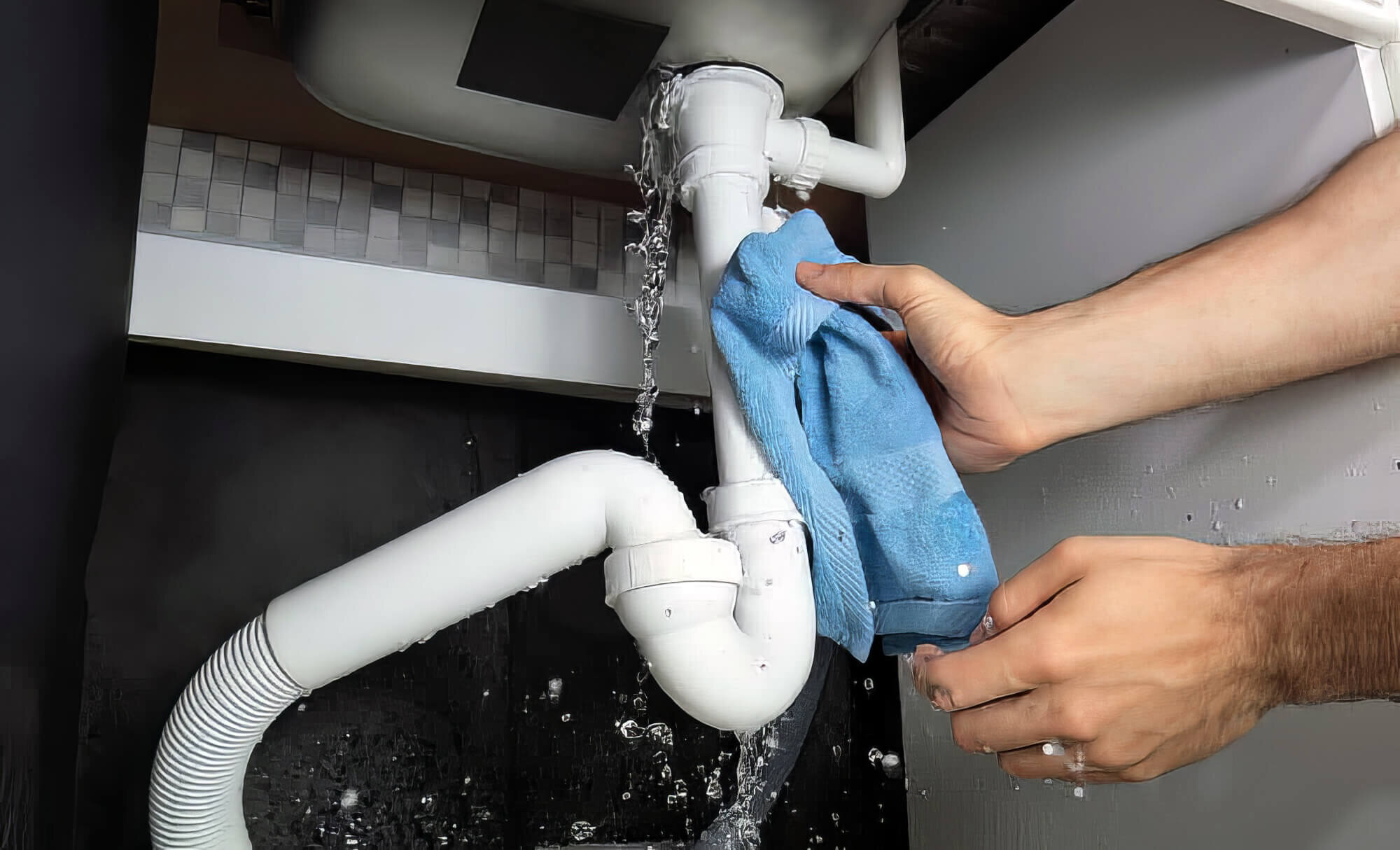
Leaks can pop up anywhere in your home, making regular checks quite tricky. Sometimes, you might spot a puddle under the sink or toilet, but not all leaks are that obvious. Some can linger for ages, unnoticed, until they cause serious headaches like pipe bursts and flooding, wreaking havoc on your space!
However, there are a few steps you can take to check for hidden leaks. One such step is checking for a leak in your toilet bowl by adding food dye. Now, let the coloured water sit in it for around 15 minutes.
After this, inspect your toilet bowl for any coloured water. If the water in the toilet bowl shows signs of colour, it means there is a hidden leak, and you would need to get it fixed immediately.
Another step is to turn off the main water supply or water-using fixtures, including appliances, toilets, sinks, and other plumbing fixtures. Now, note the water meter reading and wait for a while. Recheck the water meter after about an hour to see if it has moved. If the reading increases, chances are there is a leak somewhere within your plumbing system.
Apart from these signs, make sure to check for other more prominent signs that may indicate a leak, like
If you suspect a leak, calling in a professional plumber to give your entire system a thorough check-over is a wise move. They can spot issues you might miss.
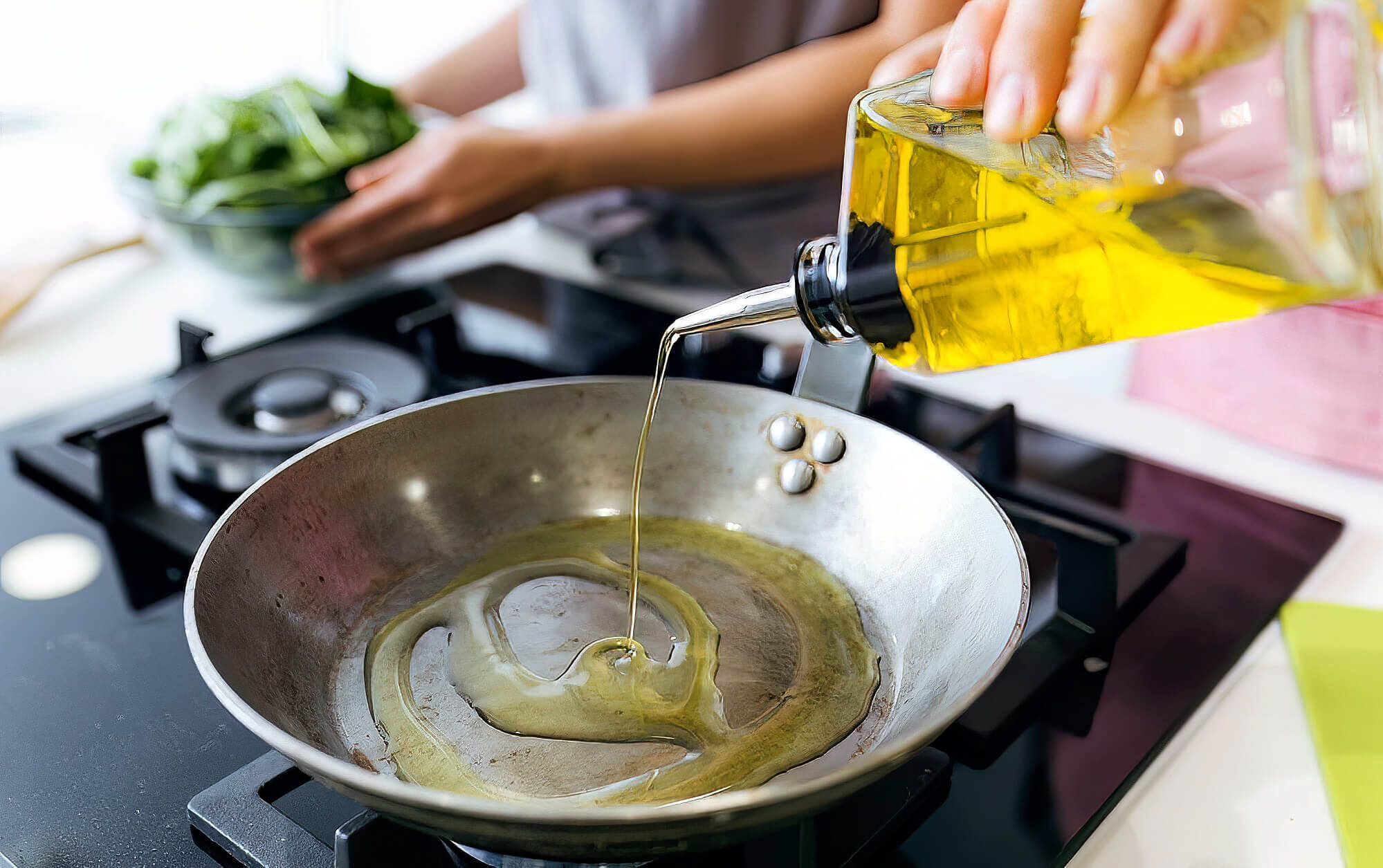
Cooking oil will solidify as it gets colder, so pouring it down your drain can solidify inside the system and cause a clog. The continuous pressure of the clog can eventually lead to a leak.
To prevent this from happening, discard cooking oil in the trash instead of pouring it down the sink. The easiest way to discard cooking oil after cooking is to allow it to cool completely, discard the oil into a disposable tray and throw it in the trash can.
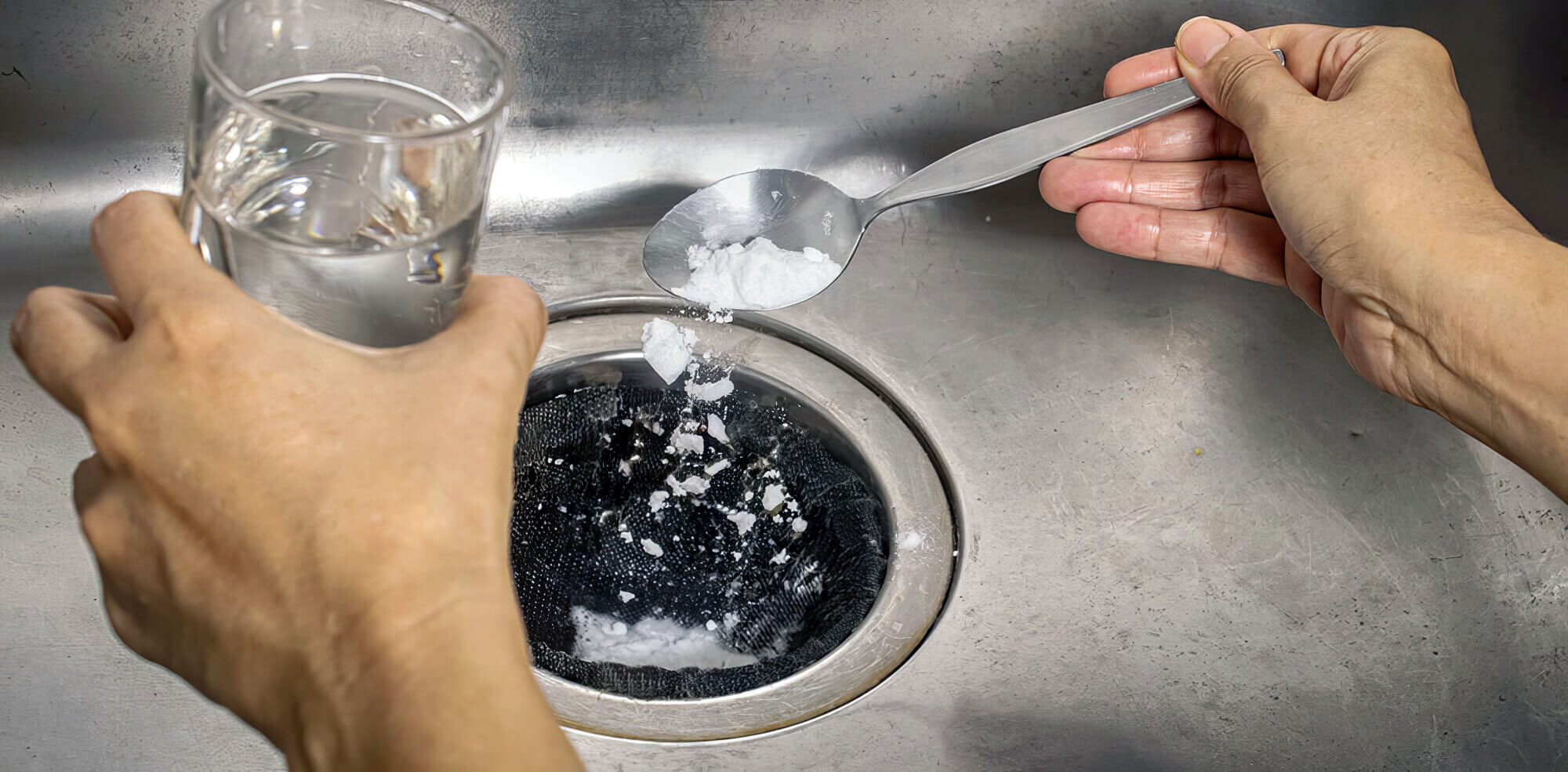
Regular maintenance is essential to optimally maintain your home’s plumbing system and prevent costly repairs. In addition to cleaning drains, it’s crucial to address other plumbing fixtures and remove any potential human waste or debris build-up.
An efficient way to maintain your drains is by p ouring vinegar down the pipe once every few months and letting it sit for several hours before flushing with hot water. This simple process can help remove gunk and prevent clogs that impede efficient water flow.
Combining vinegar and baking soda can be highly effective for the kitchen sink drain. Start by pouring some baking soda into the drain pipe, followed by vinegar on top. The vinegar will help break down food debris, while the baking soda can dislodge and dissolve accumulated fats and oils. Let the mixture sit in your drain for a few hours before flushing with hot water, allowing for a clear and efficient water flow.
Regular maintenance routines like these can go a long way in keeping your plumbing system functioning smoothly and preventing the need for costly repairs down the line. By taking proactive steps and addressing potential issues early on, you can ensure your home’s new plumbing installations operates at its best for years.
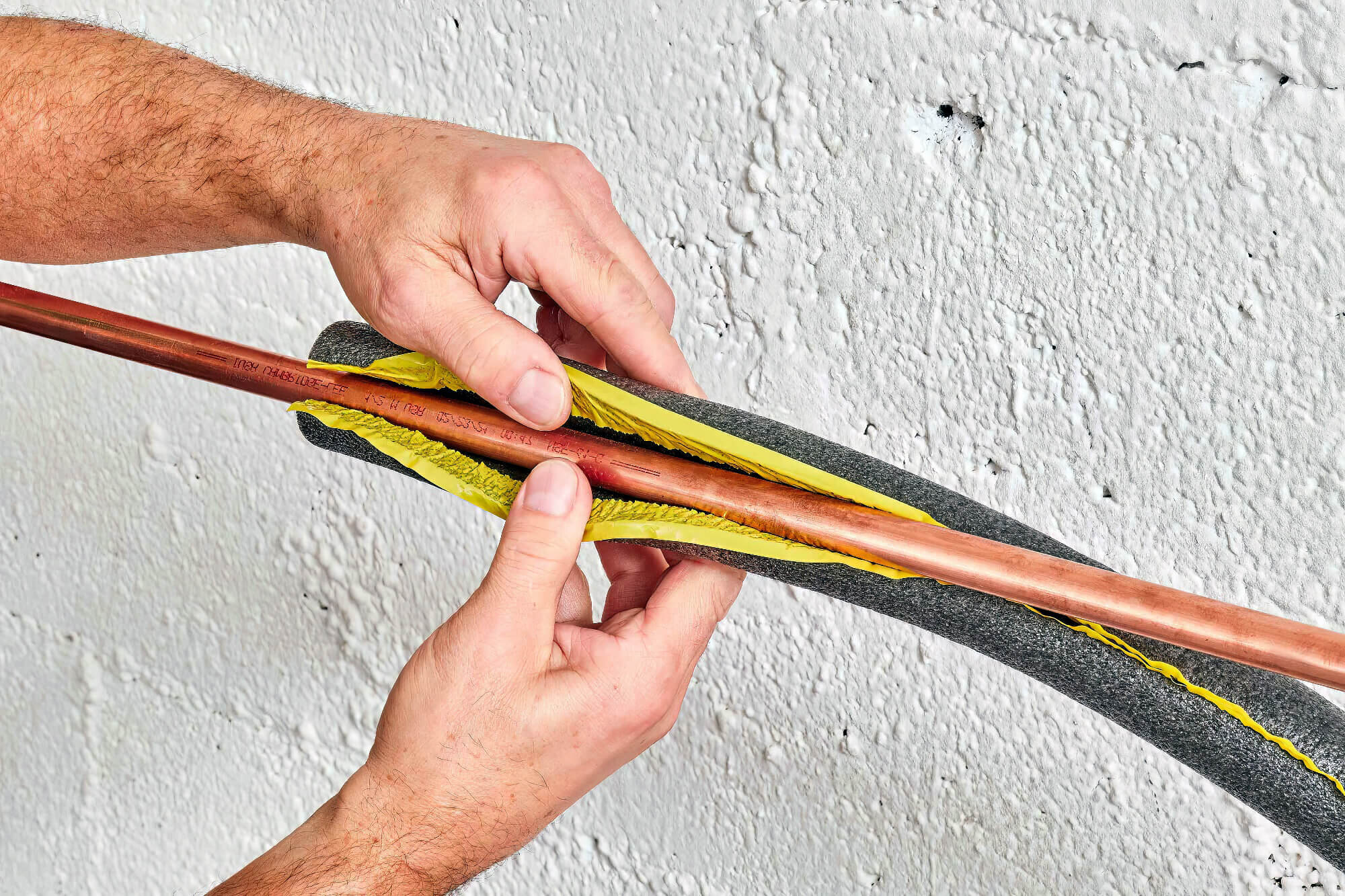
If you live in colder regions, pipe insulation can be beneficial. This method can protect the pipes and the drainage system from freezing while allowing hot water inside the pipe to retain its temperature.
All you have to do is measure the diameter of the pipes and get the right-sized insulation sleeves. Cut them to the appropriate length using a utility knife. Remove the paper backing from the adhesive within the sleeves and wrap them around the pipe.
Do this for all the exposed pipes inside and outside your home before winter.
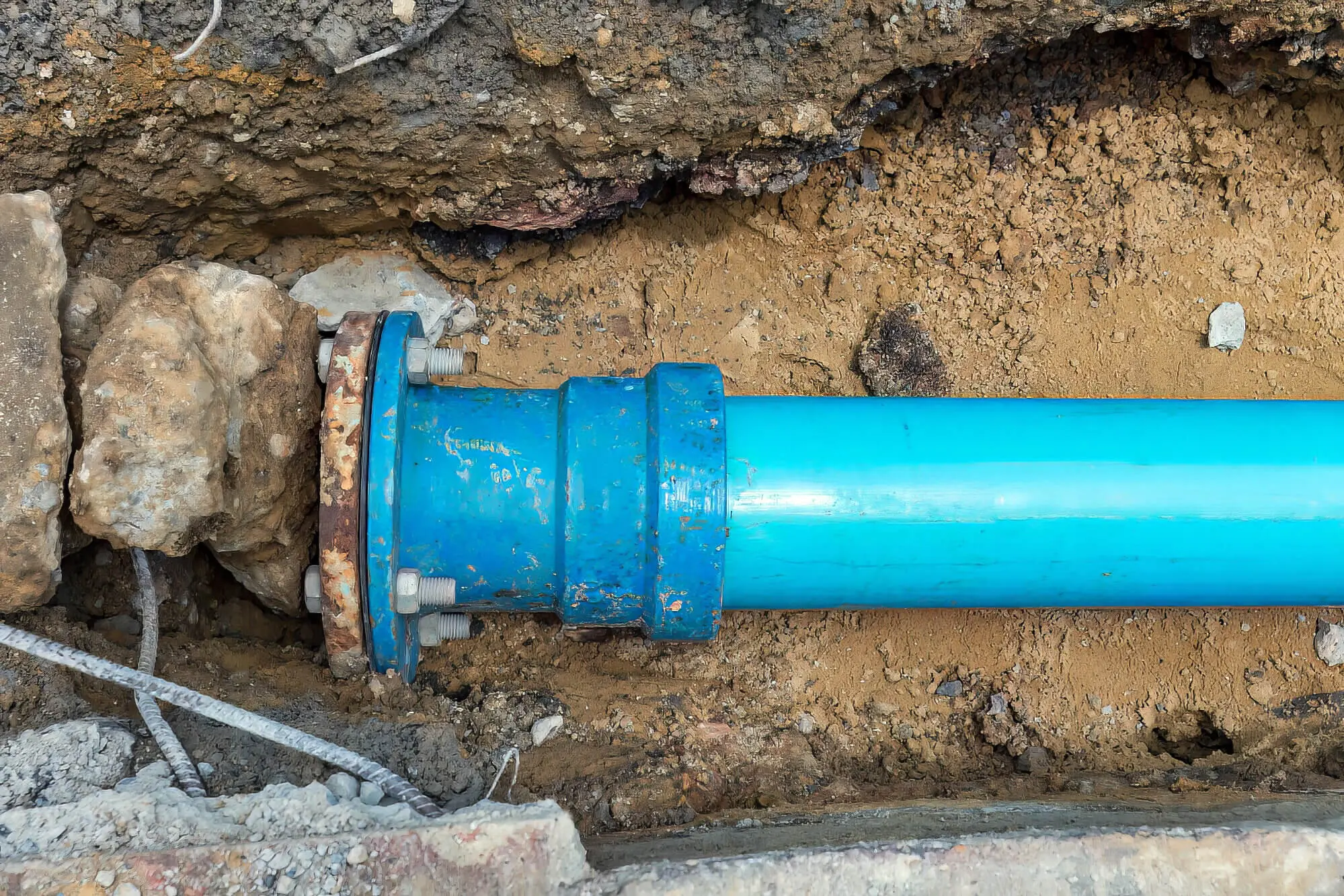
If you’ve been living at your property for a while or recently purchased an old home, you may have trouble with ageing pipes. When the pipes in your home start to age with time, cracks and water leaks become a frequent problem.
These unassuming leaks can lead to expensive water bills or hefty repair charges. Replacing existing plumbing pipes is necessary if you notice frequent leaks and mould growth within your home.
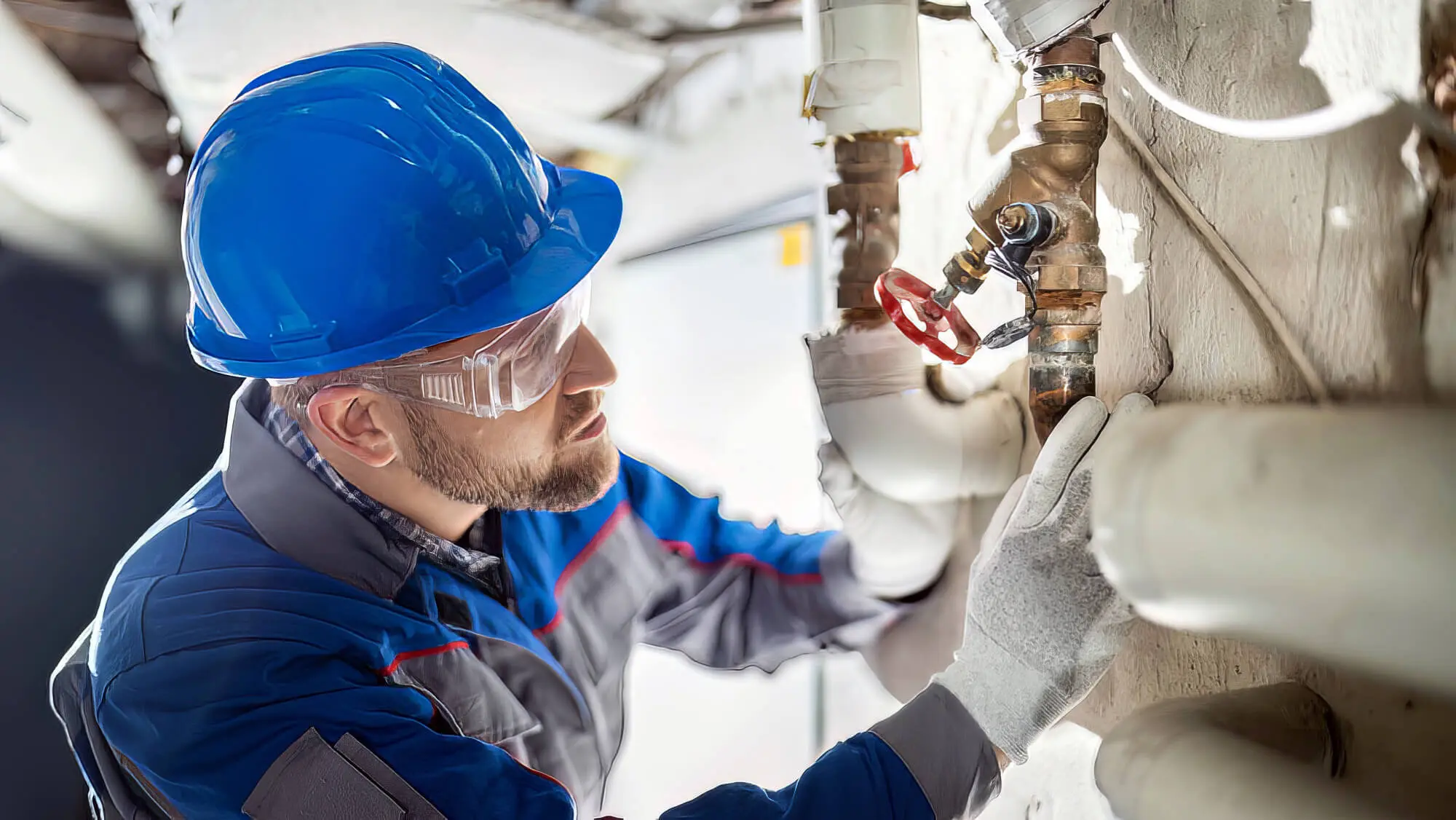
Though you can fix most common leaks with some DIY methods and tools, specific plumbing issues require the expertise of a professional plumber. Working with a licensed plumber can ensure that your home’s plumbing systems stay updated and offer peak performance. It is recommended that you seek the advice of a professional every year to spot any hidden leaks or other underlying issues with your drain pipes and water fixtures.
Your plumbing system is just as vital as any other part of your home and deserves regular attention to keep it in top shape. While some issues might be unpredictable, sticking to the steps above can significantly cut down their likelihood and frequency.
WP Plumbing Burnside is here to help you with all your plumbing needs. Regardless of the time of day, we operate seven days a week and offer same-day quality service. So. if you need assistance with your home plumbing system, contact our friendly Melbourne plumbing experts today!
What is the purpose of a plumbing vent? A plumbing vent ensures the smooth running of the plumbing system. Keep reading to discover why plumbing vents are so important.
Are you searching for a plumber but unsure of where to find the right company? Don’t go with the first ad you see. Check out our guide to find a plumber you can trust!
Many people are unaware that they need to check a plumbing company’s license before hiring them. Find out why an unlicensed plumber can be very risky for you and your family.
